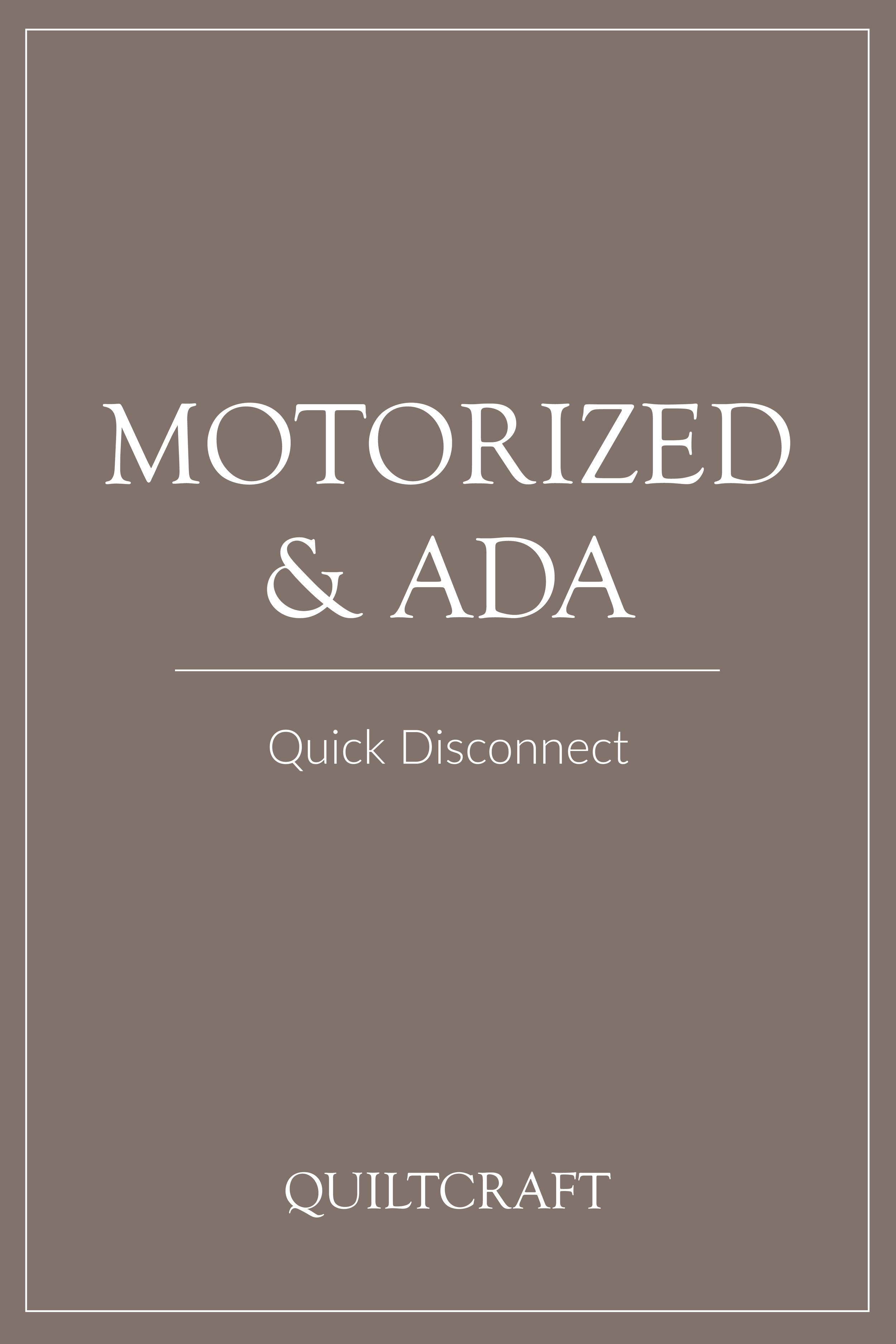5 Must Know Points About Printed Roller Shades
As roller shades are taking a larger and larger portion of the window treatment pie, designers and hotel owners alike are dreaming of all the different ways to use roller shades. One of the newest ideas to really make its mark is digitally printed roller shades. The idea is simple, take a white base cloth and add color and/or a design to the window treatment via a digitally printed image on that roller shade. As you can imagine printed roller shades gives you nearly limited options. Your favorite artwork, a geometric pattern, or nature brought indoors all of it is possible and all of it is as easy as licensing the artwork and using it.
For as easy as the process of writing a printed roller shade spec is, or choosing to use printed roller shades, the actual manufacturing of those printed roller shades, obviously requires a bit more. In this post we will offer a bit of insight into the process of digitally printing on roller shades for the procurement agent’s perspective and note some potential issues that you will want to be aware of and make note of.
The Versatility of
Printed Roller Shades
Your favorite artwork, a geometric pattern, or nature brought indoors all of it is possible and all of it is as easy as licensing the artwork and using it.
1. Printed Roller Shades Require a Longer Lead Time
Printed Roller Shades are made in the exact same way as regular roller shades. The pieces are collected, brackets assembled, shade tube is cut to length and shade band is cut to size. After that point and before it is packaged the shade is run through the digital printer. Due to this extra step and the printing being done on a special piece of machinery, this will add a lead time to the production of roller shades. On the conservative side you should expect printed roller shades to have a 2-4 week longer lead time than non-printed roller shades.
2. Printing is Not Dying
It is important to note that we are speaking of printing on roller shades not dying roller shades. This may seem simple but, printing only creates the design/image on one side of the fabric. Therefore, under normal printing stipulations the back of the shade will remain the same look and color as the plain base cloth fabric. It’s worth mentioning, however, that certain manufacturers do offer double sided printing on specific fabrics.
3. Image Rights & Base Cloth
When you specify a digitally printed roller shade you must provide or prove the ‘rights’ of ownership of the image that you are using. This is usually done by simply showing a piece of documentation. It should also be noted that to simply specify a digitally printed roller shade and provide the image is not quite enough, a base cloth still must be specified (as most manufacturers that print on roller shades have about 5-10 options). It is best to follow manufacturer’s specified lists, as fabrics that are ‘too’ sheer may not print well and any fabric that is textured may distort the image.
4. Image Specifications
Usually roller shades are specified to be either the exact size as a window (inside mounted) or a certain specified amount larger than the window (for example window width plus 4”). That being said as window measurements are determined by the drapery manufacturer when they go to actually measure the property, some image rules must be given such, as the image should always be centered on the roller shade, or for a single vertical stripe pattern the image should be printed 5” from the right edge, or the image should be scaled to 25% of the overall roller shade size, or finally the printed pattern should be repeated horizontally every 10". All of these are examples obviously but the point being that rules must be in place in order to ensure consistency of the image on the roller shade regardless of the reality of different window sizes.
The image factors that must be communicated are the graphic size, margins around the graphics, dimensions of the roller shades, desired trim and desired bleed (when applicable).
5. Print Size Limitations
Print limitations are based upon two separate factors. One the size limitations of the base cloth fabric. Second the size limitations of the actual digital printer. This should be something you consider and ask based upon manufacturer but we have mostly seen 100” as the maximum width allowed due to the printer.
As roller shade printing is a highly specialized service it is crucial to ask for any specific rules and guidelines depending on the exact manufacturer you are working with. That being said these 5 rules should be considered as great guidelines as you look to integrate the unlimited options that new technologies allow designers, hotel owners, and the like to make a impression on guests!
Explore More Roller Shade Resources









